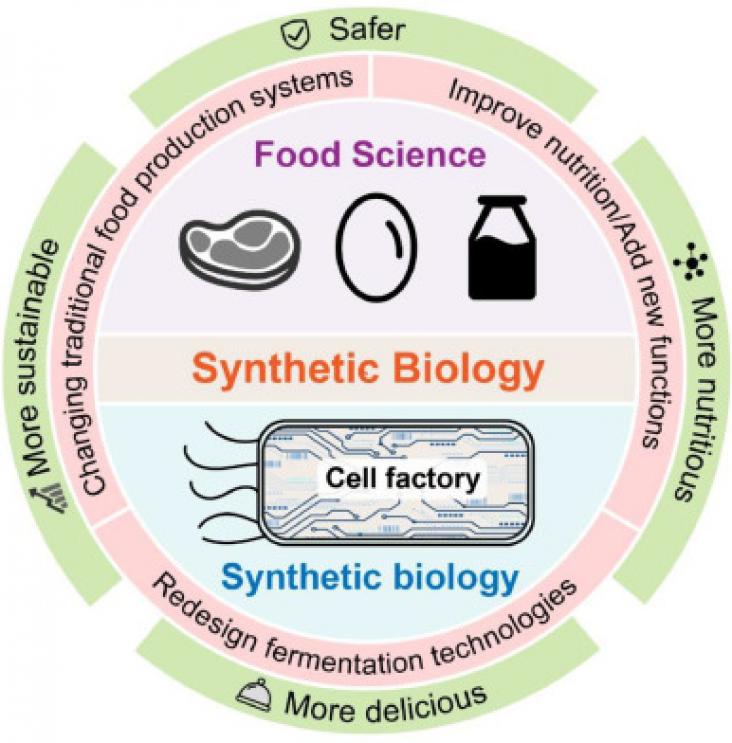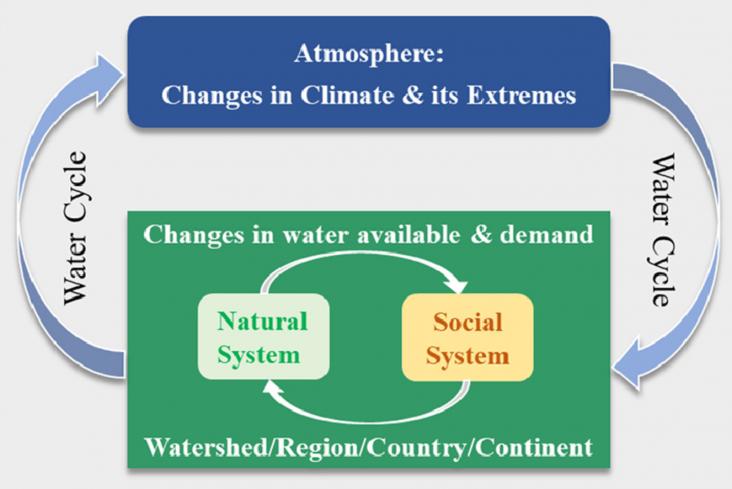
Food is essential to provide energy for human cellular metabolism, and is usually made from plants or animals.
Microplastic pollution has sparked interest from researchers, public, industries, and regulators owing to reports of extensive presence of microplastics in the environment, household dust, drinking

This paper aims to contribute to the limited understanding and recognition of soil ecosystem services (SoES) in spatial planning.

Water is the fundamental natural resource that supports life, ecosystems and human society. Thus studying the water cycle is important for sustainable development.
Droughts are significant drivers of land degradation, which in turn has adverse effects on resource-dependent rural populations and can potentially lead to livelihood losses and subsequent migratio
The Amazon is the most concentrated expression of life on Earth and it is clearly threatened.
Sea-level rise poses a significant threat to Small Island Developing States (SIDS) due to the concentration of people, assets, and infrastructure in coastal zones.
As sea level rise drives saltwater farther inland, drinking water supplies of some coastal cities will be contaminated.
Sea level rise and land subsidence — induced flooding are projected to have severe impacts on highly populated Asian deltaic cities.
